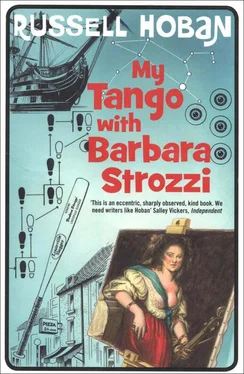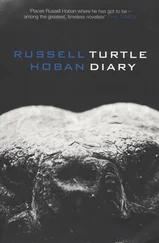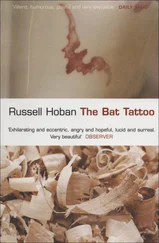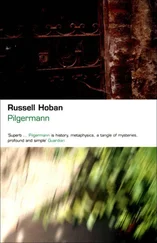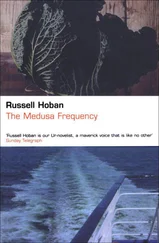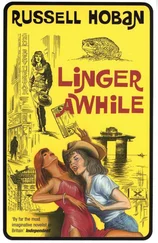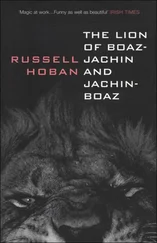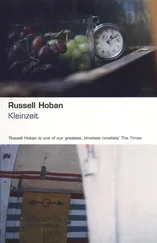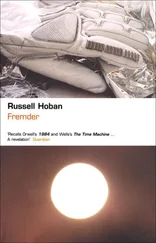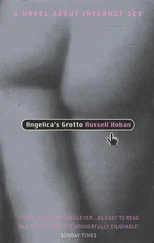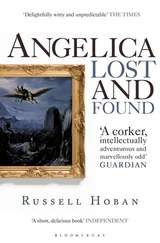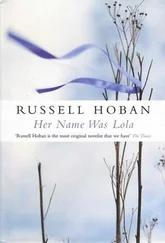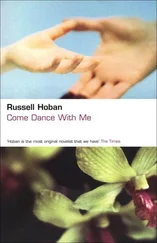‘How was Paris?’
‘It wasn’t where I wanted to be.’
She stayed at my place that night and the next day we moved her in after work. I’d given up my classes, so my time was my own. I had enough in the bank to get me through six months and now with her salary added to it we could last maybe a year without any new income. I thought I had a pretty good chance of finishing My Tango with Barbara Strozzi and getting an advance by then. The pages were marching right along; I was doing my chapters in alternate first-person narration so of course I had to imagine Barbara’s part of it. When I’d got to p 92, which felt like somewhere past halfway, I was ready to show her what I’d done so far.
After dinner one evening I put the ms in her hands; we got to the HMS Victory part and as she reached the end of p 92 she said, ‘I have good feelings about this. Do you know how it’s going to end?’
‘Not yet,’ I said.
‘Hey,’ said Barbara, ‘it didn’t bore me at all! You think this might be a turning point?’
‘You never know.’
She went to the fridge and came back with a bottle of Moët & Chandon. I opened it and poured and we raised our glasses.
‘You know, Phil,’ said Barbara, ‘I don’t believe there’s anyone who could know my needs and bear the burden of my sorrow the way you do.’
‘I’ll drink to that,’ I said, ‘and I feel the same about you.’
‘Here’s to Barbara Strozzi,’ said Barbara, and we clinked.
‘And Neptune and Pluto and all those other planets who have been active on our behalf,’ I said.
‘And us,’ said Barbara.
‘And us,’ said I.
Catriona Mundle was the astrologer not only for the people in this story but also for me. Her horoscopes consistently offered useful insights as I worked.
Rob Warren of the Greenwich Observatory gave me astronomical guidance.
Amanda Peiro, whom I had consulted about tango in a previous novel, referred me to her father, Teddy Peiro, who sent me tango material and put me on to Paul Lange and Michiko Ukazaki and their tango classes at St James’s Church, Clerkenwell. Paul and Michiko also helped me with a private session at their house; Christine Denniston’s CD-ROM, Dancing Tango , was my source for most of the tango history in the text; the three Argentine Tango CD-ROMs with Christy Cote and George Garcia which Phil used were from The Tango Catalogue (US); Helena of totaltango very carefully selected tango recordings for me which had the authentic sound I wanted to hear.
Lara Hoffenberg of the University of Cape Town generously provided extensive information about South Africa and patiently answered all my questions. Lebethe Malefo graciously translated ‘Used To Be’ into Setswana and sent me a recording of him speaking the song.
Thank you! to Alice.
Miela Ford, ocularist, was my source for details of that profession.
My rabbis were drawn from Martin Buber’s Tales of the Hasidim .
This is not the place for a bibliography but I must say how inspiriting I found Adam Nicolson’s Men of Honour: Trafalgar and the Making of an English Hero . And the reality of my visit to HMS Victorý in Portsmouth was augmented and recalled vividly to life by the beautiful HMS Victory: Her Construction, Career and Restoration by Alan McGowan. Nelson’s Navy: The Ships, Men and Organisation 1793–1815 by Brian Lavery is a longtime resident of my maritime library and an invaluable aid in visualising the ships and the action of the period.
Dominic Power read my pages as I wrote them and reliably made useful comments.
My wife Gundula Hoban, as always, kept me up to date with fashion details and London in general.
R.H.
London 2007
Russell Hoban (1925–2011) was the author of many extraordinary novels including Turtle Diary, Angelica Lost and Found and his masterpiece, Riddley Walker. He also wrote some classic books for children including The Mouse and his Child and the Frances books. Born in Lansdale, Pennsylvania, USA, he lived in London from 1969 until his death.
